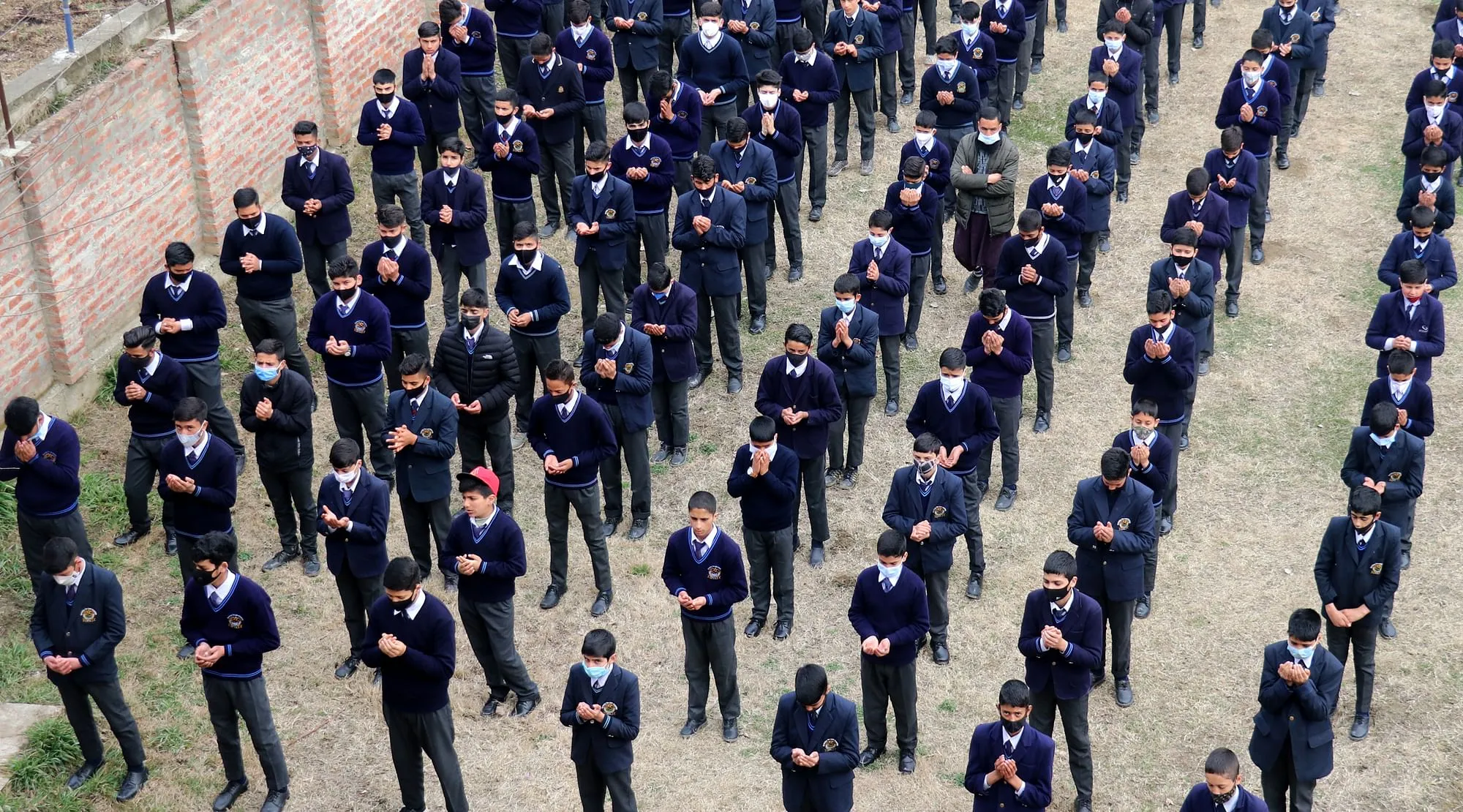Vandalism of school properties, defacing of school walls, littering in school premises and irresponsible behavior in school grounds is a norm, almost accepted by the school authorities, including teachers and ignored as ‘childishness’. This childishness spills over outside the schools and we have a generation of adults who have grown up to show no respect for the cleanliness, upkeep and maintenance of their neighborhoods and workplaces.
Our schools show a stark example of Gateway Behaviour. The theory that first coined this term stated that small transgressions, when allowed, pave way for bigger transgressions and unacceptable behaviors. The Theory of Broken Windows, coined in 1982 by James Q. Wilson and George L. Kelling has been tested and proven beyond point. It seeks identification of Gateway Behaviors early and addressing these for preventing future disruptions.
To prove the point, social scientists Kees Keizer along with his team at the University of Groningen in the Netherlands did a social expirement. They placed two bicycles at two different locations, one neat, and organized, and the other with trash around and the walls defaced with graffiti. The behavior of people parking the bikes at these two locations was entirely different, although that were frequented by people same demographic parameters.
At the place where there was chaos and liter, people were found to be more likely to litter around. At the location where there was order and cleanliness, people were less likely to litter around. It is very important to note that the fear of reprimand and the perception of what behavior is acceptable has been a strong predictor of the behavior, especially among the younger lot.
In Kashmir, in fact in the entire country, the lack of civic sense has been an ugly spot on the scenario of development as a society. It is a common sight to see people littering around on roads, cleaning their homes and dumping the garbage on streets, urinating on walls, breaking trash bins, street lights and fences, damaging and defacing public walls and exhibiting a sense of disconnect with the environment. Not just this, the issue of eve teasing, females undergoing harassment not reporting it and similar incidents are also rooted in how in schools and outside it, Gateway Behaviors have been permitted.
Bullying and harassment in schools by older or physically stronger children is a Gateway Behaviour for harassment as adults: On streets, at workplaces and in homes.
The Dillema
Love and Compassion Vs Rules and Punishment
With schools and parents getting more sensitive to the impact of punishment on the psyche and development of children, the concept of punishment has waned to a large extent. It is very common for adults to ignore disruptions and misbehavior as ‘temporary’ and phases that will pass. More common is the saying that the children and youth will ‘get over’, ‘forget’, ‘improve’ the Gateway Behaviours as they grow.
What does it tell the ones that are growing up?
The line between acceptable and unacceptable behavior needs to be drawn and darkened. It is not a simple process but an everyday conscious journey of the people in-charge of the school environment and of other spaces where children learn skills of any kind.
Today, when much is being talked about making Srinagar a smart City: a City powered by technology, civic amenities and modern way of life, it’s citizens have an obligation.
Our schools are the gardens where responsible citizens.
That is only possible when irresponsible behaviour is discouraged and disapproved. The manner and face of disapproval is the mandate of the school bodies and must be based on the principle of empathy, must be rooted in the depths of child psychology and must be child-centric rather than centred around the egos of the school systems.
The Carrot and the Stick is an age old scenario that is used by behavioral scientists to enforce a behavior. While corporal punishment is inhuman and gone to a great degree in most Kashmir schools, the stick is a metaphor that could still exist. For many children, the thought of being summoned for an unacceptable behavior is no less than a stick. At the same time, let’s not forget the great role of the carrot. An applause, a smile, a word of appreciation could go a long way in reinforcing a behavior. It would also set a precedent and set an example.
Young minds perceive much more than what adults imagine they perceive. The adults have the responsibility, at homes and in schools, to stop the Gateway Behaviour and show the way by being the ‘Example’.
DISCLAIMER: The views and opinions expressed in this article are the personal opinions of the author.
The facts, analysis, assumptions and perspective appearing in the article do not reflect the views of GK.






